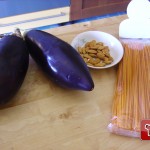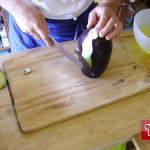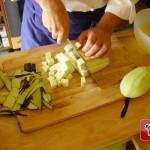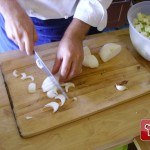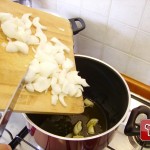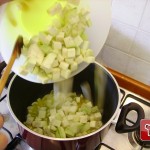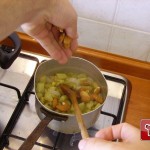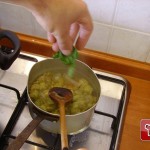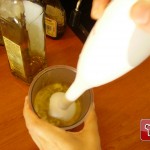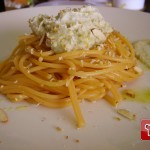Step by step
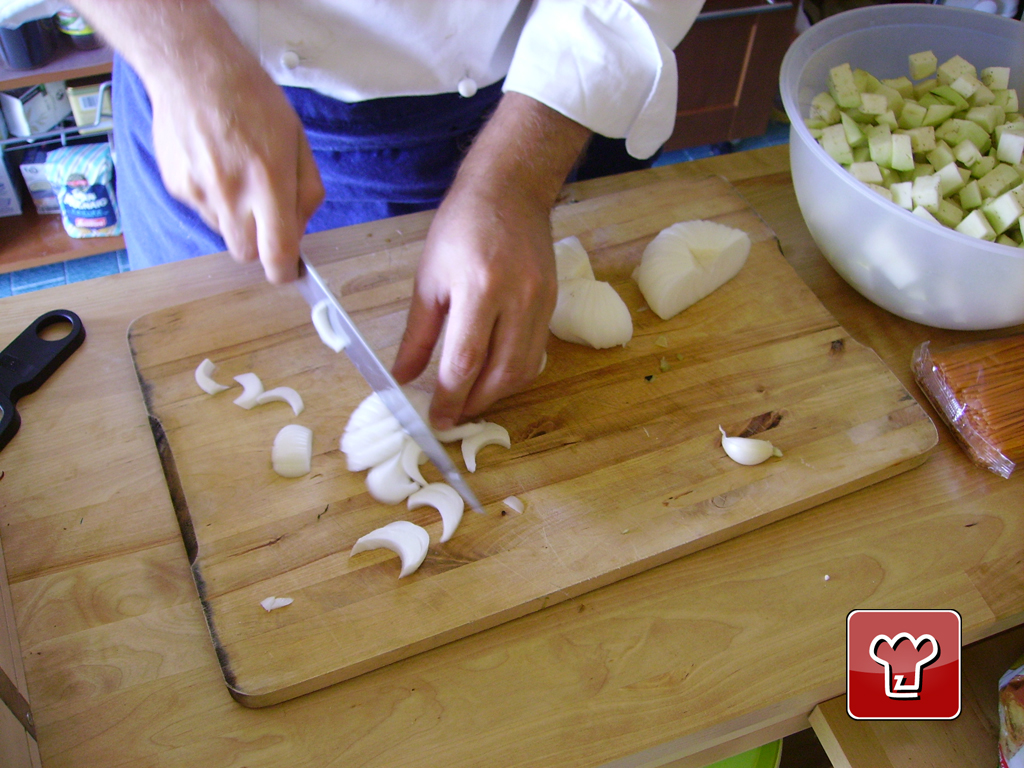
Slice the onion
Tips
When buying aubergine, press lightly with your hands and make sure it is firm and the skin is shiny. If the skin is opaque, wrinkled and the aubergine is slightly spongy to the touch, don’t buy it: it won’t be fresh and will definitely be full of seeds. When cooking it, we suggest you cut it into slices or cubes as required according to the recipe, and then leave it for a few minutes in a colander with a sprinkling of salt. In this way the aubergine will release some of its liquid and lose the bitter taste that would otherwise spoil the dish. If you want to emphasise its sweetness, you can soak it in milk for a few hours, then drain it, pat it fry and prepare it as normal.
Trivia
It is likely that the aubergine was introduced to Italy by the Carmelite friars, and yet it was ignored at a gastronomic level to the extent that in the early discussions of food in the Middle Ages it is not even mentioned. In medieval times it was believed that, if eaten raw, aubergine could make one crazy. And not only that: Botlan, an Arab medical expert, said that the aubergine not only made people who ate it prone to melancholy, but also encouraged them to unrestrained and excessive lust. Another little curiosity: during the Second World War, when tobacco was hard to find, the leaves of the aubergine plant were dried and used to make cigarettes. The aubergine is also used in cosmetics: its flesh is cooked and mashed with a fork - if mixed with yogurt it is perfect as a face mask.




